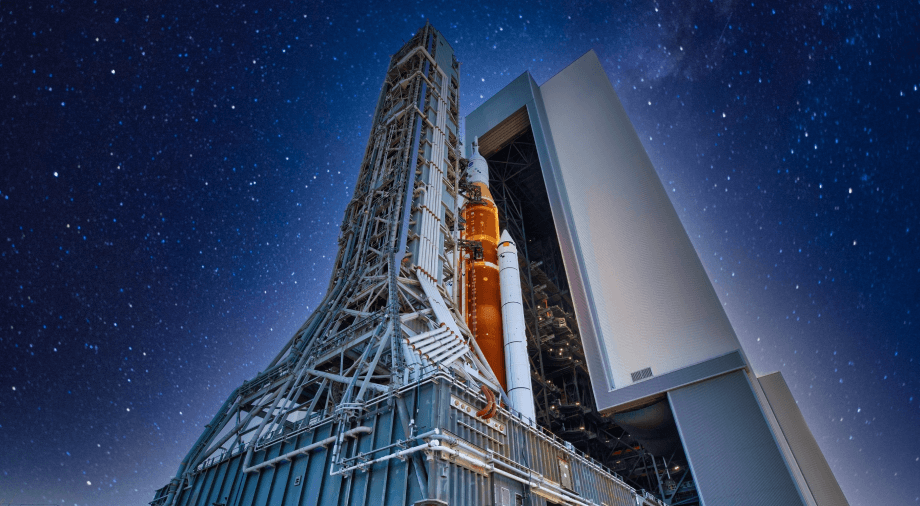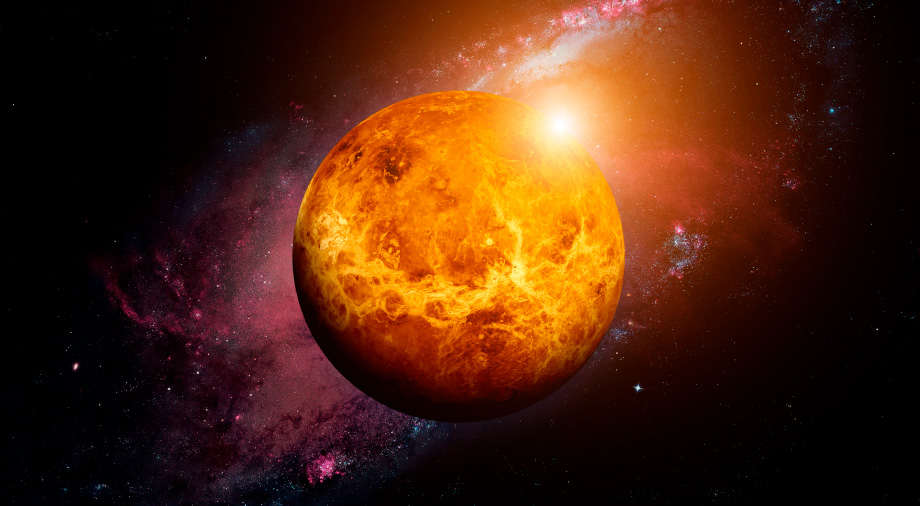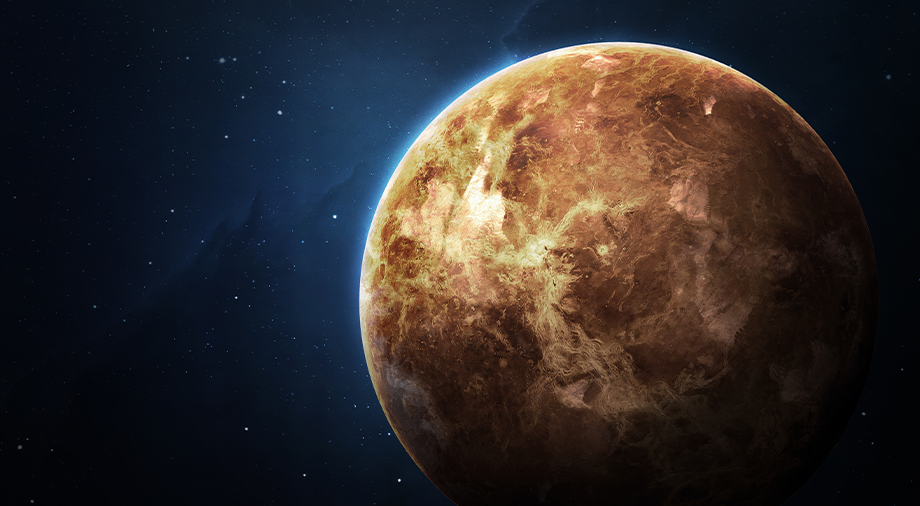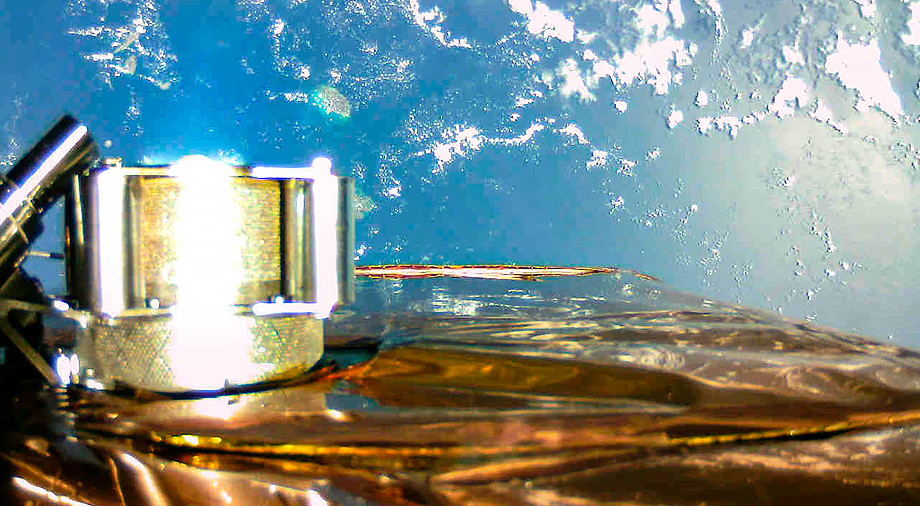In late 2022, NASA launched Artemis I, a mission designed to lay the cornerstone for returning humans to the moon. Of course, no conversation about NASA’s new lunar program is now complete without relating it to its great predecessor, and assessments. These comparisons are often radically different. Some call Artemis a banal repetition of Apollo, while others believe it to be a new step in the history of astronautics. In this article, we will analyze the technical aspect of how the two programs compare to each other.
Launch vehicle
For the Apollo program, NASA used the Saturn V. This rocket remains the largest in terms of size, mass, power and payload to ever successfully carry things into orbit.
This brainchild of Wernher von Braun had a three-stage design. Its first stage used kerosene as fuel and liquid oxygen as the oxidizer, while the second and third stages operated on oxygen-hydrogen steam. The rocket could launch 141 tons of cargo into low Earth orbit (LEO) and 43.5 tons into a flight path to the Moon.
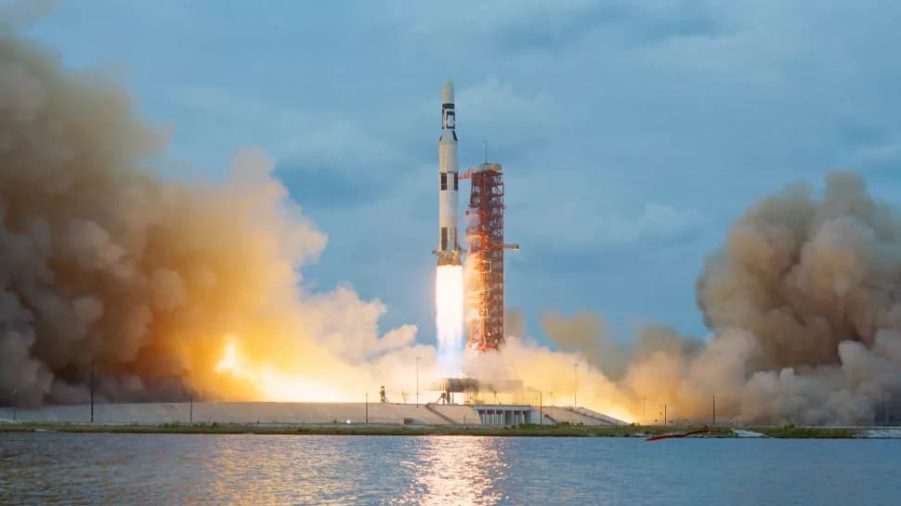
The record carrying capacity of the Saturn V allowed NASA to abandon its previous Apollo launch scheme in which the lunar module would be launched in pieces on several rockets and then assembled in orbit. As a result, only a single launch was required to get to the Moon. On the other hand, the rocket had a very steep price. Adjusted for inflation, the cost of manufacturing and launching one Saturn V rocket was about $1.4 billion.
What about the Artemis program’s SLS rocket? When it was created, NASA tried to maximize the use of components left over from the completion of the Space Shuttle program. This included solid-fuel boosters, as well as RS-25 oxygen-hydrogen engines. This influenced the design of the SLS. It received a pair of solid-propellant boosters, which are a modified version of the shuttle boosters. And a two-stage rocket using hydrogen as a fuel and oxygen as an oxidizer.
One of the most notable differences between the SLS and the Saturn V is that the SLS will be upgraded in the future to increase its payload capacity. While the current version of the Artemis program’s rocket is capable of delivering 105 tons of cargo to LEO and 27 tons on a flight path to the Moon, after the rocket has its second stage installed, NASA plans to bring these figures to 130 and 46 tons, respectively.

However, SLS can hardly be called the next step in the field of rocket science because it, like the Saturn V, can be used only once. Moreover, even after its upgrade, the SLS’s carrying capacity will at best only be equal to the original Saturn V, all for a still massive price tag. At the moment, the manufacture and launch of one instance of the SLS is estimated at $ 2.6 billion. Of course, NASA expects to reduce this figure by mass producing the rocket in the future. But in any case, it is now clear that the SLS will not be able to surpass the Saturn V in either payload or cost efficiency. Therefore, in this aspect, Artemis is indeed a repeat rather than an evolution of the Apollo program.
Spaceship
The astronauts flying to the Moon in the 1960s and 1970s used the Apollo spacecraft. The new generation of NASA lunar astronauts will fly on a vessel called Orion. How similar are they?
Let’s start with the fact that the vessels share a similar shape. However, Orion is significantly larger and heavier than Apollo. Its internal volume is almost twice that of Apollo’s. This is to be expected, as while Apollo was designed for a crew of three, the Artemis missions will have four astronauts flying to the Moon. At the same time, the Orion’s design allows for its crew to be expanded to six people.
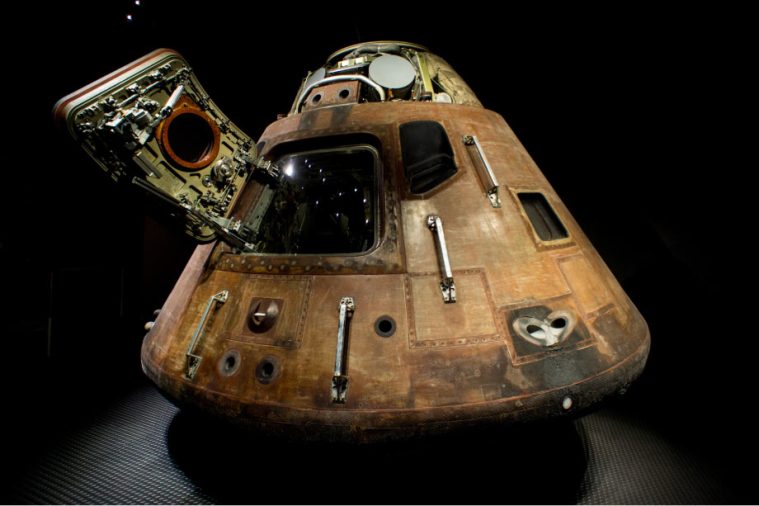
One important difference between the two ships is their internal atmospheres. Apollo’s consisted of pure oxygen, which at one point led to a tragedy that claimed the lives of astronauts Ed White, Gus Grissom and Roger Chaffee. Orion, however, circulates a standard nitrogen-oxygen air supply.
From the point of view of domestic amenities, Orion compares favorably to Apollo not only because of its greater amount of internal space, but also because it has a full-fledged toilet. Another very important difference between the two spacecraft is their power sources. Apollo’s energy was produced by fuel cells that consumed hydrogen and oxygen, while. Orion is powered by solar panels.
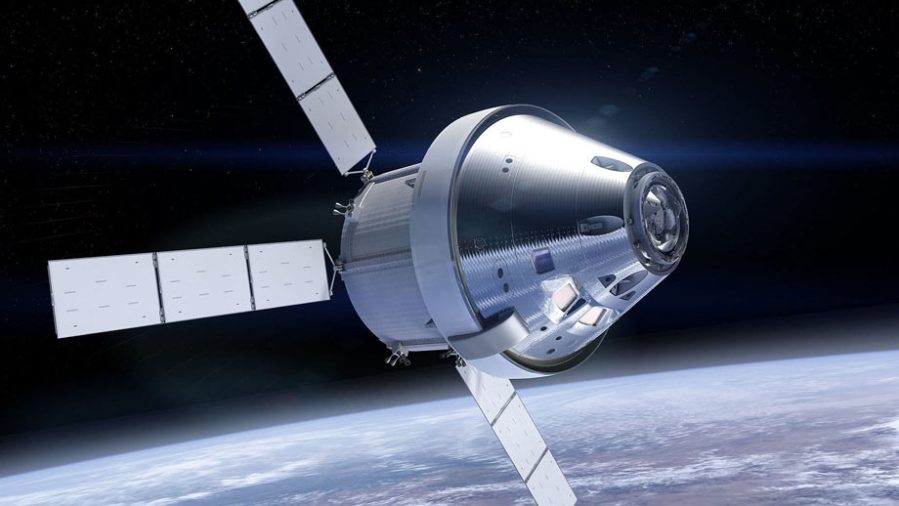
And finally, it should be noted that, Orion is overall a much more high-tech ship. Of course, it is rather silly to compare how many hundreds of thousands of times more powerful its on-board computer is than its predecessor. More importantly, unlike Apollo, Orion is fully autonomous and capable of independent flight, as demonstrated during the Artemis I mission. In addition, NASA has repeatedly stated that it is going to use Orion not only for lunar missions, but also for expeditions to deep space, to asteroids, and to Mars.
In summary, we come to the conclusion that Orion can indeed be called an evolution of Apollo. Of course, its designers kept in mind the image of the great predecessor, but the new has ship received a number of unique features that the Apollo expeditions did not have.
Lunar lander
The next point of our comparison is the lunar vehicle which will be used to deliver people and cargo to the Moon’s surface.
The Apollo lander was a truly revolutionary device. After all, this first-ever craft designed to fly to the surface of another celestial body was at the same time the most reliable component of the entire Apollo, as became clear after the end of the program. The lunar modules fully completed all the tasks assigned to them, and Apollo 13 brilliantly handled the role of a lifeboat.
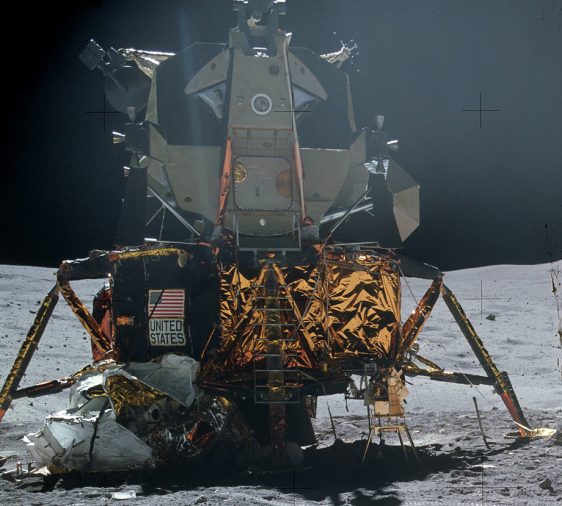
However, we mustn’t forget that the Apollo missions were short-term visiting expeditions, and that the lunar modules could provide for a stay by two astronauts on the Moon of 2-3 days. Their landing range was limited to equatorial latitudes, and the time was limited to the lunar morning, when the Sun was still quite low above the horizon and had not yet heated up the surface.
From a technical standpoint, Artemis missions will be much more difficult than Apollo flights. Their main goal will be the southern polar region of the Moon, which imposes a number of additional requirements on the device. The missions will also be much longer. The first landing mission of Artemis III will involve two astronauts remaining on the moon for at least a week. All this requires the use of a fundamentally different descent vehicle than those used by the Apollo expeditions.
To solve this problem, NASA is resorting to an approach previously tested in the creation of spacecraft to deliver people and cargo to the ISS, and has entrusted this task to private companies. In 2021, SpaceX received a contract to build a reusable lunar lander that will be used on the first Artemis missions. It will be a modified version of the Starship HLS.
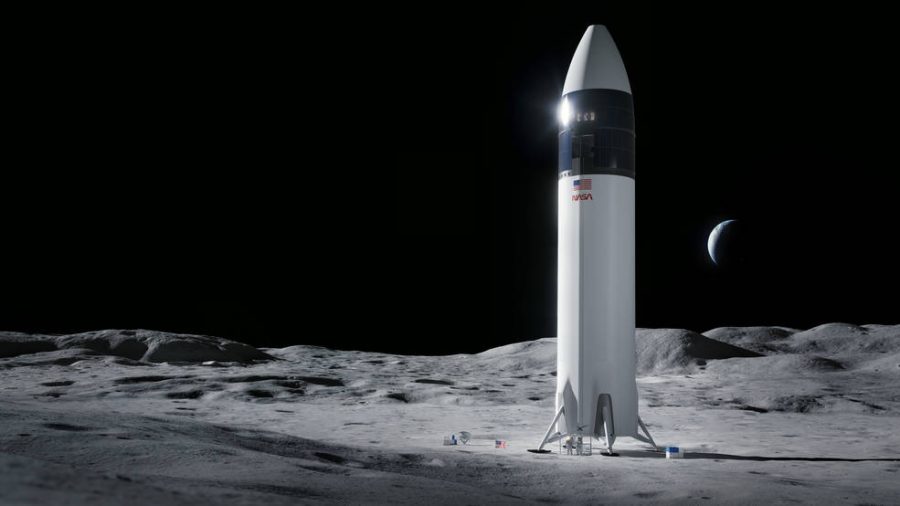
Compared to the Apollo Lunar Module, the Starship HLS will be a real giant. It will have a length of 50 m and a diameter of 9 m. The device will be able to deliver at least 100 tons of cargo to the surface of the Moon and provide for long stays there.
There will be a price to pay for this in the form of the need for orbital refueling. Starship HLS will be launched separately from Earth and then refueled for further flight to the Moon using special tankers in low Earth orbit. This is not the easiest procedure. In addition, it is not yet known how many refuelings will be required for one lunar mission. However, if SpaceX manages with all the technical difficulties, it will no longer be a matter of evolution, but rather of a real revolution in the delivery of goods to the moon.
However, should the task turn out to be too difficult, or should the construction of the Starship HLS result in significant delays, NASA will acquire a safety net. The aerospace agency is currently running a competition to build a second lander for the Artemis program. The most likely winner is Blue Origin. Its exact technical parameters have not yet been disclosed, but it looks like it will not differ much from the company’s previous entry, which lost to Starship HLS in the first competition. At the time, Blue Origin proposed building a more conventional craft, resembling an enlarged version of the Apollo lunar module.
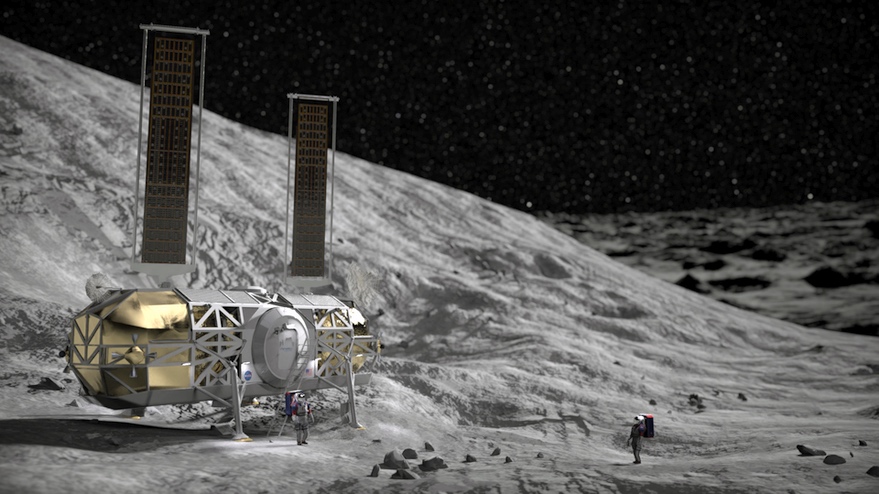
Thus, when it comes to the lunar module of the Artemis program, we will most likely get both an evolutionary and a revolutionary approach. Which one will be more productive, only time will tell.
Suits and rover
Another important aspect of the Artemis program is the space suits and equipment that will be used in lunar missions, in particular the rover for moving astronauts.

As in the case of the lunar lander, NASA has decided not to deal with these components on its own and instead contract them out to private companies. Thus, Axiom received a contract to create a new lunar spacesuit. The company presented its prototype in March 2023.
According to Axiom, the suit will provide greater flexibility and environmental protection than Apollo-era spacesuits, as well as the ability to accommodate specialized tools needed to carry out all the scientific research required by the program. The designers of the suit placed particular emphasis on the fact that the Artemis expeditions would land at the south pole of the moon. Thus, the astronauts’ clothing must allow them to work in wildly different temperatrures. The designers of the spacesuit tried to take into account the experience of the Apollo astronauts, who back then had to deal with the inconvenient chore of cleaning them of lunar dust.
In addition, the new suits are designed to be universal. Both men and women will be able to use them (all members of the Apollo expeditions were men).
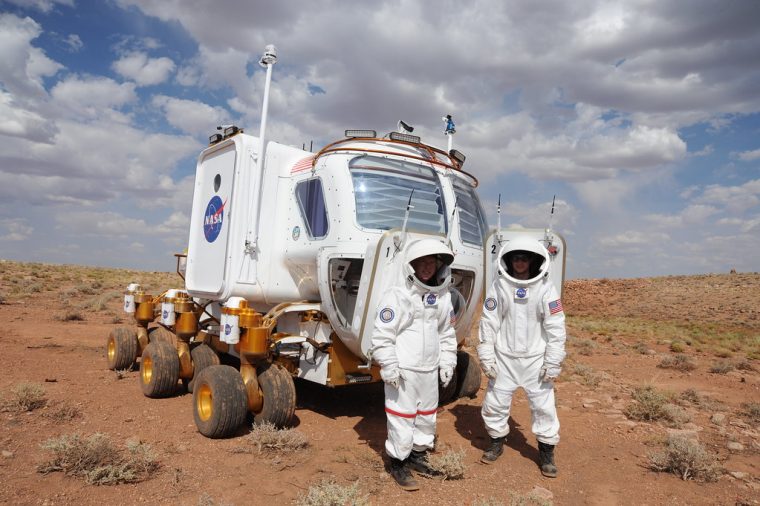
As for the Artemis astronaut vehicles, three teams from several American companies are currently working on them. The details of their projects are still being kept under wraps, but it is clear that the next generation of lunar vehicles will be markedly different from the rovers of the Apollo era. Those, for example, were powered by a non-rechargeable battery, whereas the new lunar vehicles will both be rechargeable and have a modern navigation system that will allow astronauts to navigate the difficult terrain of the Moon’s south pole. They will also likely have headlights, which will be used to travel in the permanently dark areas at the bottom of polar craters.
***
What conclusions can be drawn from all this? In comparing the two programs, it would be incorrect to say that Artemis is a mere repetition or logical continuation of the first, but also incorrect to call it a revolution in lunar exploration. For example, the SLS rocket clearly looks like an attempt to build a 21st Century Saturn V, which may make it seem that Artemis is merely trying to respawn a “dinosaur” from the past. In most other respects, however, Artemis makes great use of the technological advances of the past half century, and the Lunar HLS is set to bring dramatic changes in how people and cargo are delivered to the Moon’s surface. Artemis has a bit of everything, from both the well-worn old to the fundamentally new.

